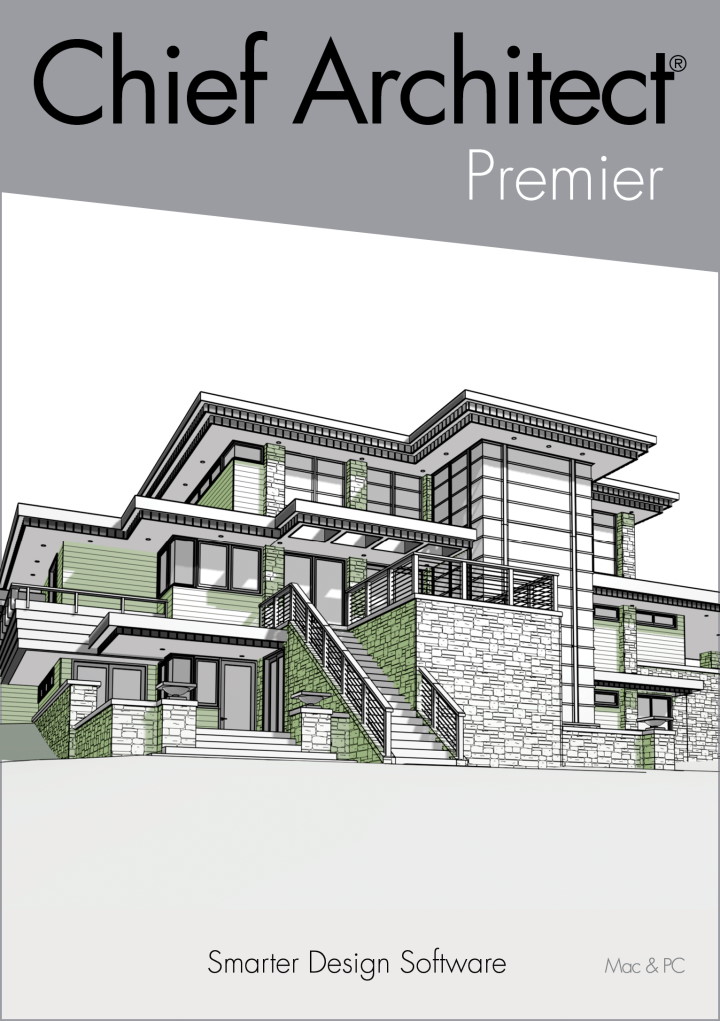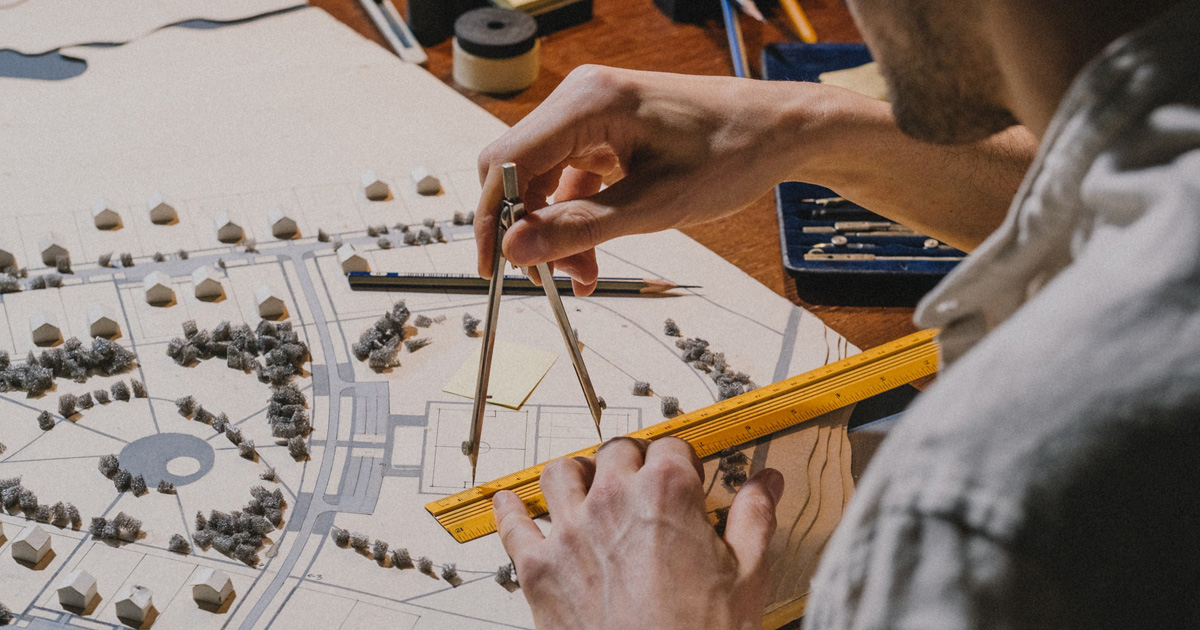Comprehending the Diverse Job Paths Available for Aspiring Architect
As an aspiring Architect, you have a world of job paths waiting for you. Whether you're drawn to standard style or the subtleties of lasting design, there's a particular niche that lines up with your passions.
Typical Style: Designing Buildings and Structures
Conventional design concentrates on designing buildings and frameworks that mix functionality with aesthetic charm. Your styles can mirror cultural heritage, showcasing neighborhood customs while satisfying modern-day demands.
You'll establish abilities in composing, model-making, and site evaluation, enabling you to imagine and connect your concepts effectively. Involving with customers, you'll require to recognize their vision and equate it right into feasible layouts.
Moreover, developing codes and sustainability practices are important in your work, guaranteeing your frameworks are risk-free and eco-friendly. As you expand in your job, you'll discover opportunities in residential, commercial, or perhaps restoration tasks, each offering unique challenges. Embracing standard architecture leads the way for a fulfilling job that admires the past while shaping the future.
Urban Planning: Shaping Areas and Public Spaces
As an aspiring Architect, you can play an important role as an urban organizer, changing how neighborhoods communicate and work. By utilizing area engagement approaches, you'll assure that residents have a voice fit their environment. Plus, incorporating lasting layout principles will certainly assist create spaces that not just satisfy today's demands however additionally protect the future.
Function of Urban Planners
While numerous could assume of designers as the single enthusiasts behind structures, city planners play a crucial function in forming the wider landscape of communities and public spaces. By working together with various stakeholders, you'll help create parks, transport systems, and household areas that advertise social communication and access. Your competence in spatial layout and community characteristics allows you to envision future growth while protecting cultural heritage.
Neighborhood Involvement Techniques
Effective neighborhood engagement techniques are crucial for urban planners to ensure that the voices of citizens are heard and valued in the preparation procedure. To promote purposeful dialogue, you ought to prioritize open discussion forums and workshops where area participants can reveal their ideas and concerns. By proactively paying attention and including responses, you'll develop areas that mirror the community's demands, inevitably leading to even more effective and sustainable city settings.
Lasting Style Concepts
When designing metropolitan spaces, incorporating sustainable style concepts is essential for developing atmospheres that grow both ecologically and socially. Take into consideration integrating environment-friendly spaces, like parks and gardens, to boost biodiversity and boost air high quality.
Designing with water conservation in mind is additionally vital-- think concerning rain yards and permeable surface areas to take care of stormwater. Entailing area members throughout the planning procedure assurances that the rooms you develop meet their requirements and motivate social interaction. By welcoming these principles, you'll add to vibrant, lasting metropolitan landscapes that profit every person.

Landscape Architecture: Producing Sustainable Outside Atmospheres
As you discover landscape style, you'll discover vital style principles that produce lovely and functional outdoor rooms. Sustainable methods play a vital function in guaranteeing these atmospheres grow while lessening environmental influence. Plus, you'll locate a selection of profession opportunities that allow you to make a real difference in just how individuals connect with nature.
Layout Principles in Landscape
Recognizing design concepts in landscape style is essential for creating sustainable outdoor atmospheres that balance with nature. You'll require to consider components like balance, range, and proportion to ensure your designs feel natural and welcoming. Incorporating indigenous plants not only boosts biodiversity yet additionally reduces water use, making your landscape resistant. Assume concerning the circulation of space and exactly how people interact with it; pathways and seating areas must welcome expedition and leisure. Furthermore, focus on seasonal changes, developing with materials that match the surroundings year-round (Architect). By focusing on sustainability and aesthetic appeals, you can produce exterior spaces that enhance the neighborhood and advertise health. Accepting these principles will set a solid foundation for your career in landscape style.
Sustainable Practices Summary
Sustainable practices in landscape design not only concentrate on visual appeals yet additionally prioritize environmental health and wellness and resource conservation. By incorporating native plants, you enhance biodiversity and decrease the need for chemical plant foods and chemicals. Implementing reliable watering systems helps preserve water and minimizes drainage, protecting nearby ecological communities. You can create rooms that advertise dirt health, such as exercising and making use of organic products permaculture principles. In addition, integrating green facilities, like rain gardens and porous sidewalks, aids in stormwater administration and reduces city heat. You add to a healthier earth and offer spaces that cultivate neighborhood connection when you produce outside atmospheres with sustainability in mind. Ultimately, these methods assure your styles profit both people and the atmosphere for many years to find.
Occupation Opportunities Exploration
With a solid foundation in lasting techniques, landscape style supplies a variety of job paths that permit you to make a meaningful impact on the setting. Urban planners typically team up with landscape engineers to develop eco-friendly spaces in city settings, boosting city livability. If you're passionate about education and learning, take into consideration coming to be a landscape style instructor, motivating future generations.
Lasting Design: Concentrating On Eco-Friendly Practices
As you explore your profession in style, embracing environmentally friendly methods can set you apart in an affordable area. Lasting style concentrates on creating structures that lessen ecological impact while boosting resident health. By integrating sustainable products, energy-efficient systems, and lasting structure methods, you'll add to a greener future.
Beginning by acquiring expertise of green accreditations like LEED or BREEAM, which can bolster your credentials. Consider just how natural light, air flow, and thermal performance can optimize design. Work together with engineers and ecological consultants to introduce options that reduce waste and conserve sources.
Do not fail to remember the useful link significance of area involvement-- engaging local stakeholders can motivate styles that harmonize with the atmosphere. As clients progressively focus on sustainability, your expertise in environmentally friendly techniques will certainly not just draw in tasks however additionally Our site meet your passion for liable architecture. Accept this critical aspect of the profession, and watch your occupation flourish.
Historical Conservation: Shielding and Bring Back Social Heritage
While you start on your building trip, take into consideration the essential role of historical preservation in preserving our social heritage. This area focuses on the security and reconstruction of significant structures, websites, and structures that inform the tales of our past. By involving in historic conservation, you'll aid protect the building heritage that shapes community identification.
As a historical preservation Architect, you'll assess historic significance and analyze the condition of frameworks. You'll function carefully with historians and guardians to guarantee genuine remediation techniques are utilized. This job path allows you to mix creative thinking with study, enabling you to create options that value original materials and workmanship.
Your work not only contributes to sustainability by reusing existing structures yet also cultivates a feeling of satisfaction within areas. Accepting this path will certainly assist you become a guardian of history, preserving the stories and looks that enrich our lives.
Inside Design: Enhancing Indoor Spaces
Historic conservation and indoor design both share a dedication to enhancing the built atmosphere, however they concentrate on different elements. While historical conservation highlights maintaining a structure's historic and social value, indoor design absolutely nos in on enhancing indoor areas for performance and looks.
As an ambitious Architect, you'll locate that indoor style enables you to blend imagination with technological skills. You'll create areas that not just look good but additionally advertise convenience and performance. This field entails recognizing exactly how light, shade, and products connect within an area, impacting mood and usability.
You'll deal with numerous tasks, from household homes to business workplaces, making sure that each environment meets the needs of its occupants. By prioritizing user experience, you can change insides right into practical and motivating areas, making a considerable effect on just how individuals connect with their environments. Welcome the opportunity to improve interior atmospheres and form the method people live and function.
Industrial Design: Combining Performance With Looks
Commercial design plays a crucial role in creating items that perfectly blend looks with capability, making sure that what you use daily is not only aesthetically attractive but additionally functional. As an aspiring Architect, you could involve yourself in this field, concentrating on designing every little thing from furnishings to customer electronics. Your job includes recognizing customer requirements, products, and manufacturing procedures, enabling you to develop innovative solutions that improve day-to-day experiences.
In commercial layout, you'll typically work together with suppliers, designers, and marketing experts, making sure that your styles are not only gorgeous he has a good point but additionally viable. You'll find out to balance type and feature, prioritizing usability without giving up style. By refining your skills in sketching, 3D modeling, and prototyping, you'll be fully equipped to bring your ideas to life. This profession path supplies a dynamic environment where creative thinking fulfills practicality, making it a fulfilling option for designers thinking about forming the items of tomorrow.
Regularly Asked Questions
What Educational Credentials Do I Required to End Up Being an Architect?
To become a designer, you'll need a specialist level in design, commonly a Bachelor's or Master's. Additionally, you'll have to complete an internship and pass the Architect Enrollment Evaluation to exercise legally.
Are There Certification Demands for Various Building Job Paths?
Yes, there're accreditation needs for different architectural courses. Architect. You'll require to pass exams, complete internships, and occasionally seek specialized training, relying on your selected focus, like landscape architecture, urban layout, or historic conservation
What Software Program Skills Are Important for Designers Today?

Exactly How Can I Gain Practical Experience While Studying Design?
You can obtain useful experience by interning at building companies, taking part in style competitors, volunteering for community jobs, or teaming up with schoolmates on real-world assignments. These opportunities enhance your abilities and develop important connections in the industry.
What Job Opportunities Exist Outside Typical Design Firms?
You can check out various work opportunities outside conventional design firms, like city planning, interior design, landscape style, building and construction administration, property development, or even duties in sustainability consulting. Each offers special obstacles and incentives.
Whether you're drawn to traditional design or the nuances of lasting style, there's a specific niche that lines up with your rate of interests.When creating city spaces, incorporating lasting style concepts is essential for creating environments that prosper both environmentally and socially.As you check out landscape architecture, you'll discover vital design concepts that produce lovely and useful outdoor spaces.Understanding design concepts in landscape architecture is important for developing sustainable exterior settings that integrate with nature.In industrial design, you'll often collaborate with marketers, designers, and makers, guaranteeing that your designs are not just stunning yet also feasible.